The Moon of Baroda: A Storied Diamond with a Dark Side
Little known diamond worn by “royalty” on three different continents that inspired an iconic tune and performance.
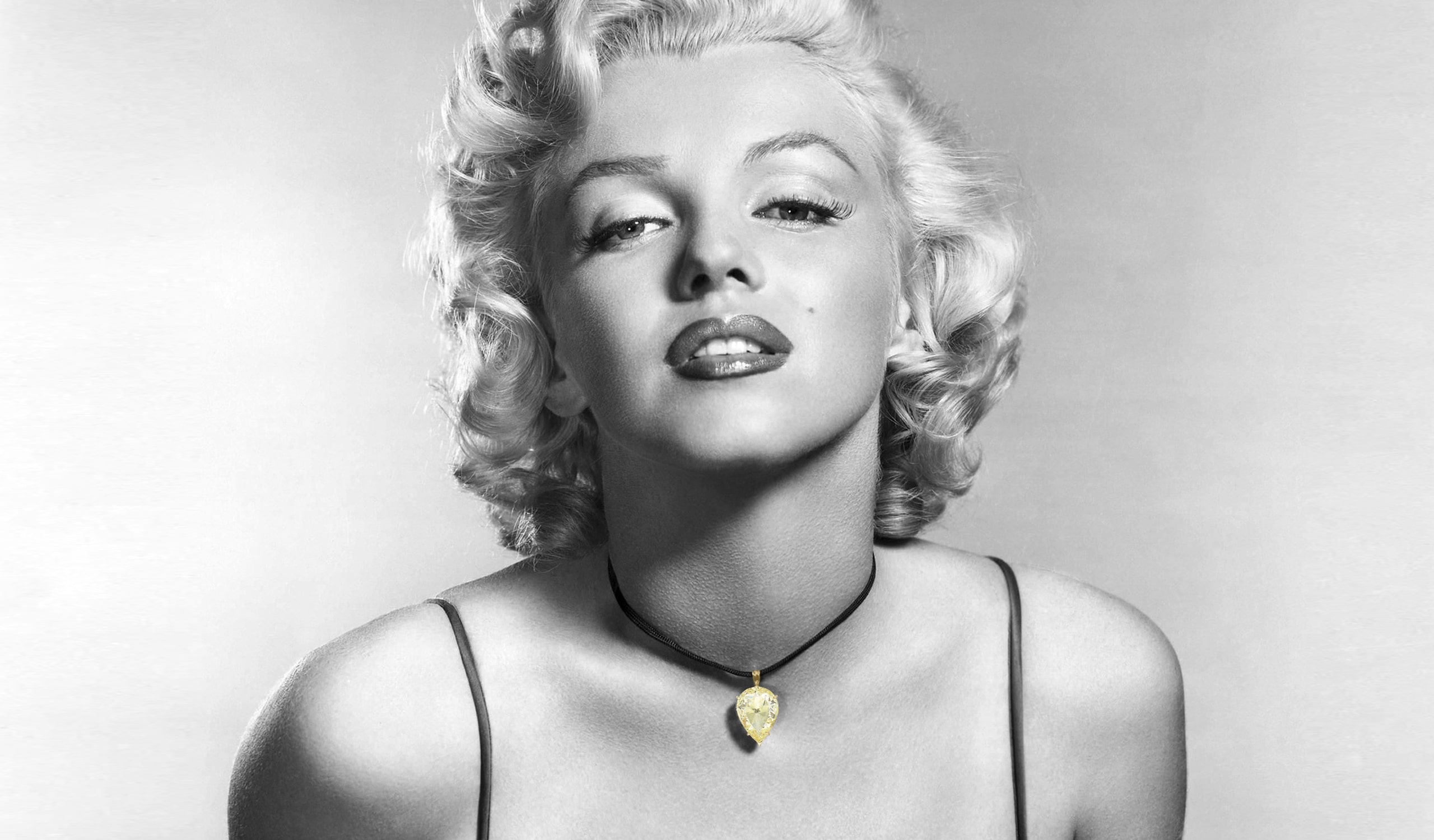
When you think of spectacular natural diamonds, “The Moon of Baroda” may not be the first thing that comes to mind. But it very well should be, being that the stone was the largest diamond necklace that glamour’s forever icon, Marilyn Monroe, was ever known to have worn.
Long before the Natural Diamond Council’s ambassador, Ana de Armas portrayed Marilyn Monroe in the upcoming Blonde film, the late Hollywood star was known to go big or go home. On her press tour for Gentlemen Prefer Blondes (in which she sang the film’s most famous song, “Diamonds are a Girl’s Best Friend”), she sported The Moon of Baroda, a truly incredible gem with an even more incredible backstory that spans from the fabled mines of India to European courts to “American royalty”.
Read More: Diamond Hall of Fame: The Taylor-Burton Diamond
But beware. Like several other famous and named diamonds, the massive gem holds a dark side as well, and has been long-believed to be cursed with a bad omen: “If the gem ever crosses a sea or ocean, it will bring bad luck to its owner.”
Think the suspicion is deserved? Read on.
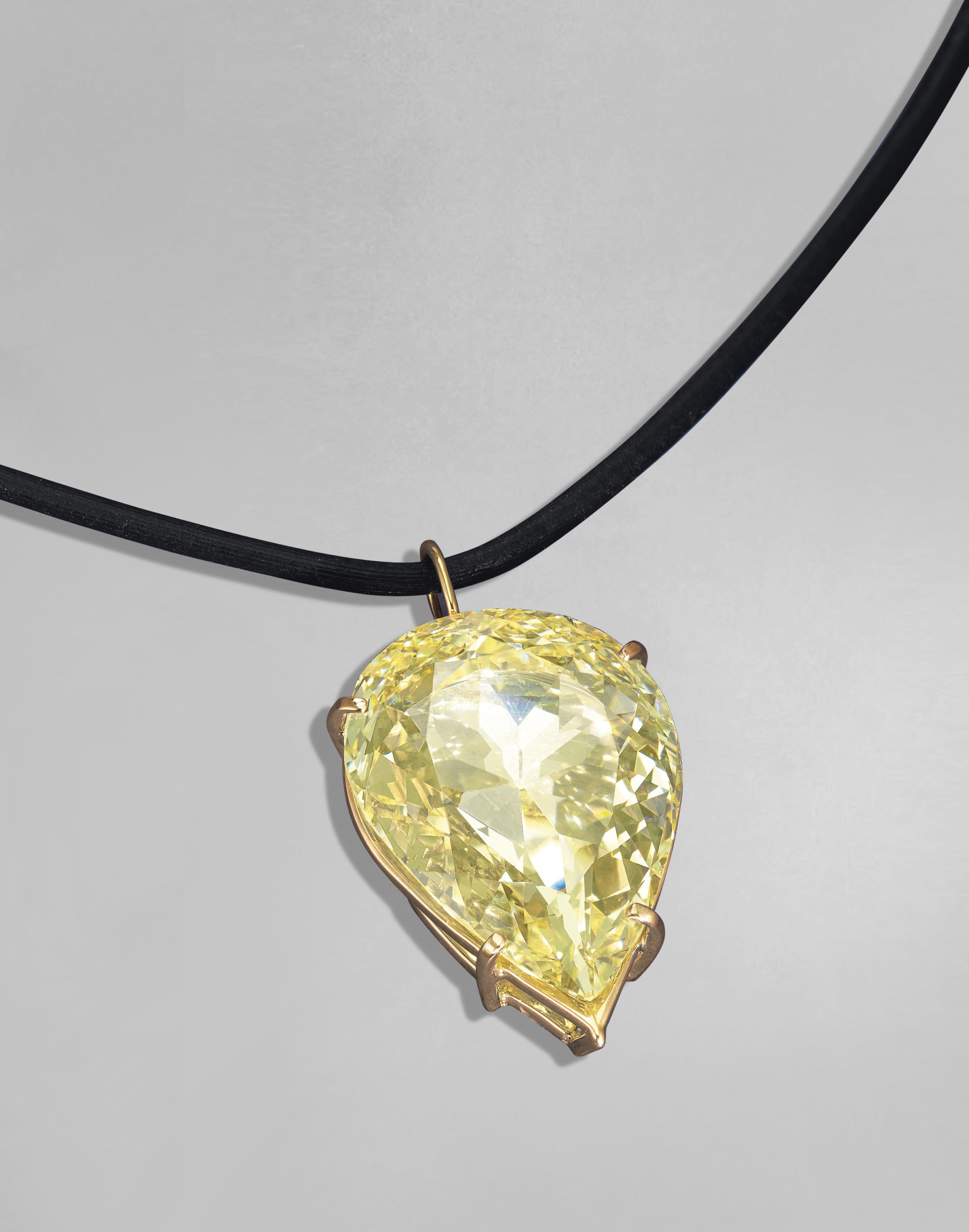
The diamond started out its journey like many of history’s most famous and revered stones: being discovered and unearthed in the rich diamond mines of Golconda in India, a region with a provenance all its own in the world of precious gems; just saying the word “Golconda” among experts immediately commands a premium and conjures imagery of superbly luminous, transparent, innately pure crystal-like diamonds. In fact no less than twenty named gems have hailed from this fabled place.
Originally weighing in at 25.95 carats when it was found near the city of Hyderabad sometime between the 15th and 17th centuries, the natural rough diamond first traveled to the western city of Baroda (now called Vadodara). There, its fancy yellow color and high clarity were transformed into an antique pear shape of 24.04 carats (an impressively low weight loss given historic cutting techniques), suited perfectly for the royal headgear—or “pagri”—of Indian nobility.
The Moon of Baroda is a truly incredible gem with an even more incredible backstory that spans from the fabled mines of India to European courts to “American royalty.”
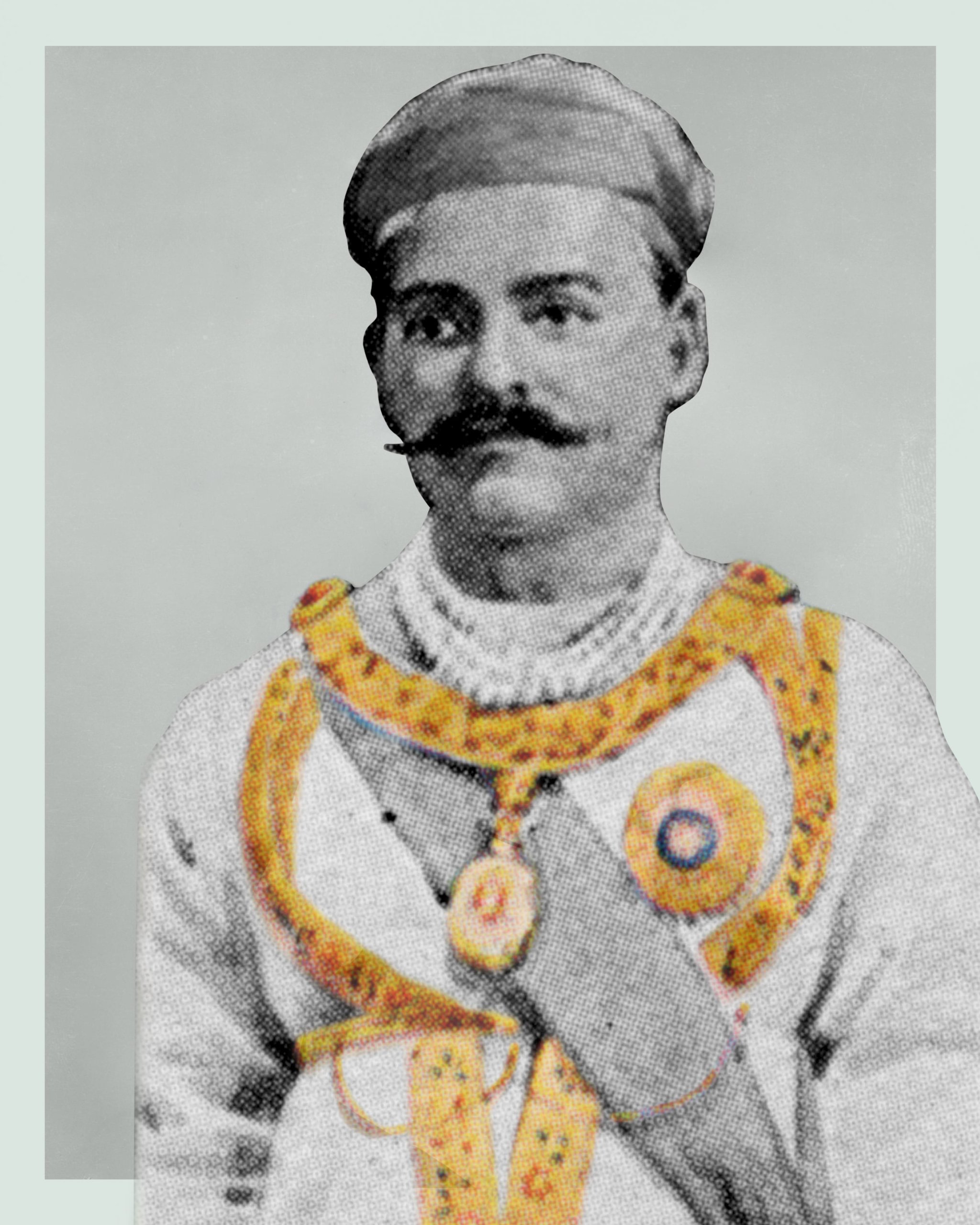
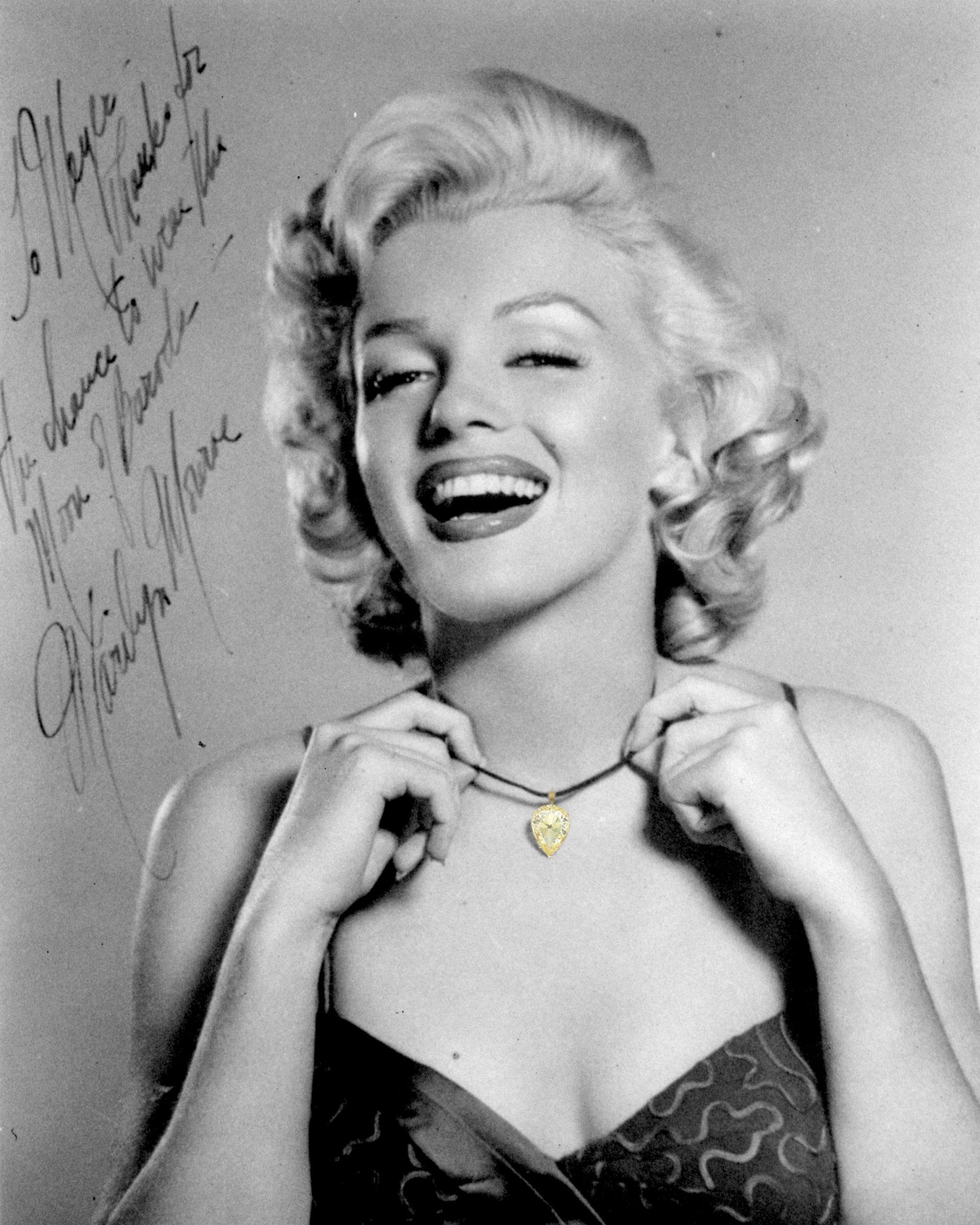
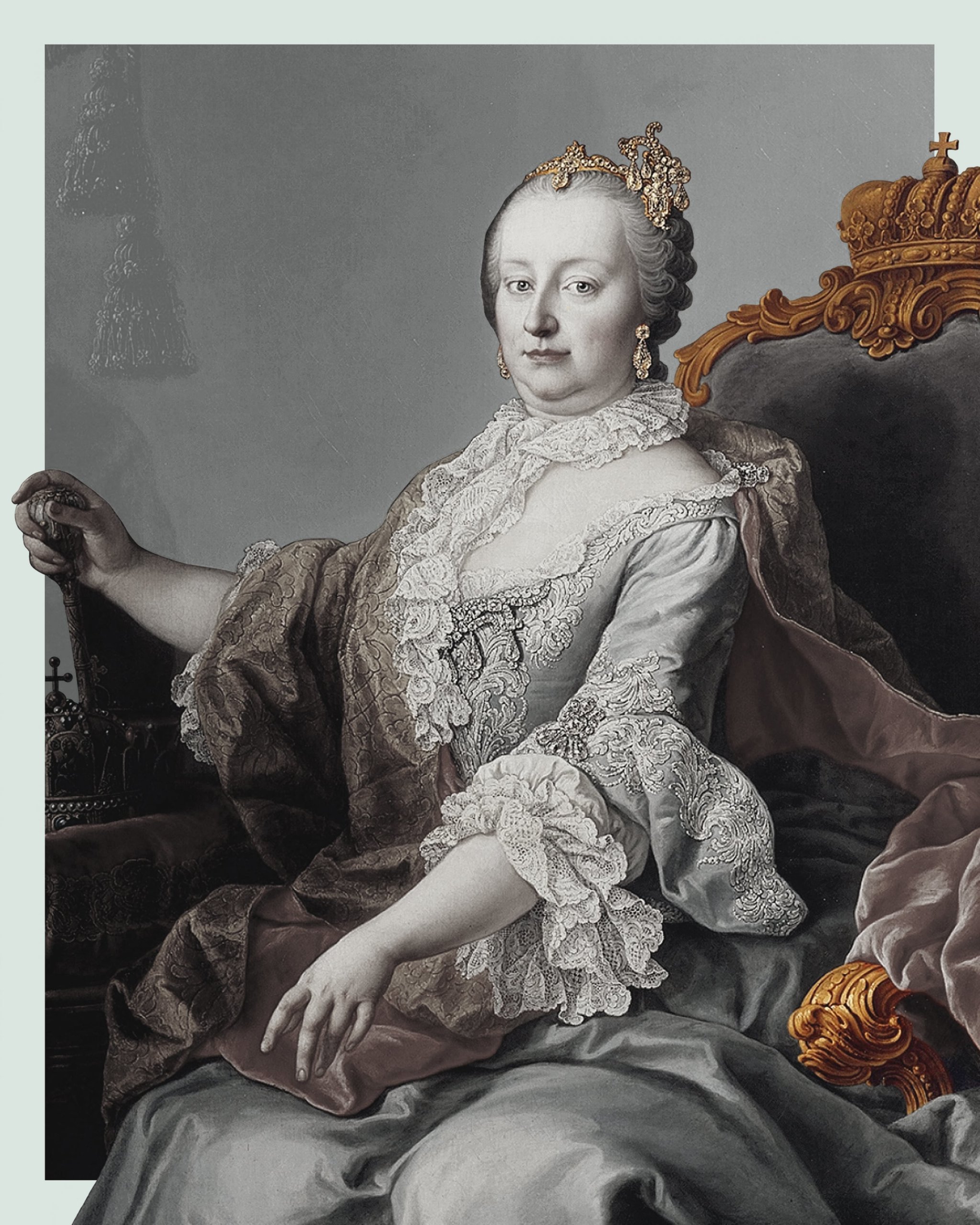
For most of its near 500 year known history, the diamond remained in possession of the powerful Gaekwads of Baroda, an Indian dynasty of Maharajas who, for over two centuries, ruled much of the western country that is now centered around the state of modern-day Gujarat. It was kept alongside the impeccable artworks, handmade rugs, golden sculptures and beyond that filled the Gaekwads’ royal vault, one so rich it was rumored to be second only to that of the Nizam of Hyderabad.
Later, in the mid-1700s, the stone was gifted to the only female monarch of the infamous Habsburg Dynasty, Empress Marie Thérèse of Austria, who happened to be the mother of Marie Antoinette (a woman famous for—among many other things—her desire for jewels). However upon the Empress’ untimely death (which some say was due to bad luck brought by the stone), the Habsburgs returned the stone to the Gaekwad family.
In 1860, the diamond was mounted into the form of a pendant, and remained in its native country of India for several decades.
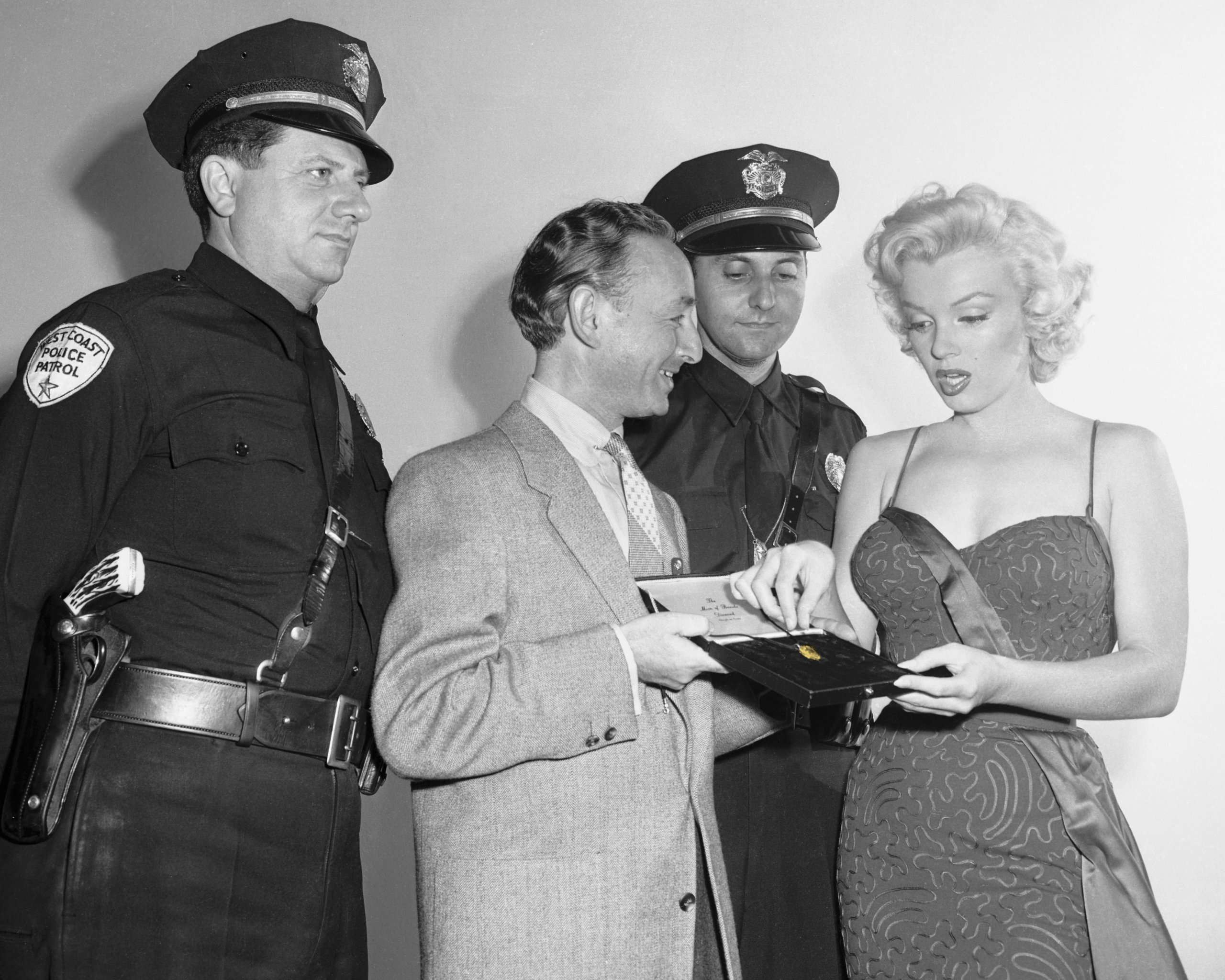
Image via Bettmann / Getty
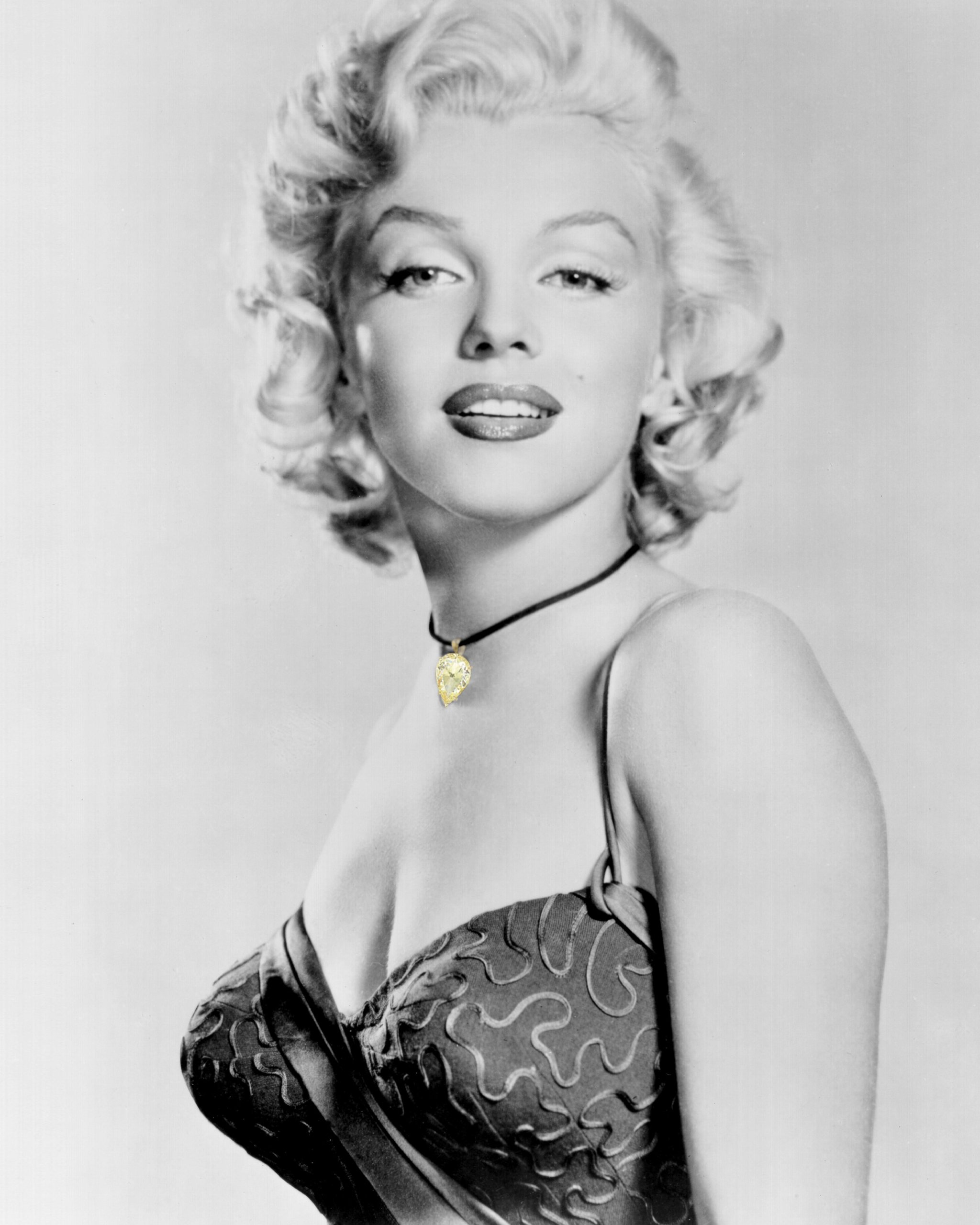
By the 1940s, the diamond finally found itself on American soil in the hands of a distinguished firm of diamond cutters—or “Diamantaire”—based in Cleveland Ohio. Then in 1953 it was sold to Meyer Rosenbaum, the President of Detroit, Michigan’s Meyer Jewelry Company.
It was Meyer who proposed that Marilyn Monroe wear the stone dangling from a simple but sturdy leather cord during multiple shoots for the movie Gentlemen Prefer Blondes, and then continued to lend it to her for the duration of her promotional tour for it. Upon first laying her eyes on the jewel, Monroe has been quoted saying, “It’s gorgeous,” and even once signed a photograph, “To Meyer, Thanks for the chance to wear The Moon of Baroda!”. Coincidence or not, after wearing the diamond throughout her “breakout year” in 1953, Monroe’s career began to falter.
Could the curse be to blame?
After nearly four decades, the Moon of Baroda’s story stops—for now—at auctions in 1990 and 2018. Although the sellers and buyers have remained anonymous, they are both said to be in good health and prosperous. Here’s hoping that The Moon of Baroda doesn’t cross another body of water, so that stays true for the foreseeable future.



